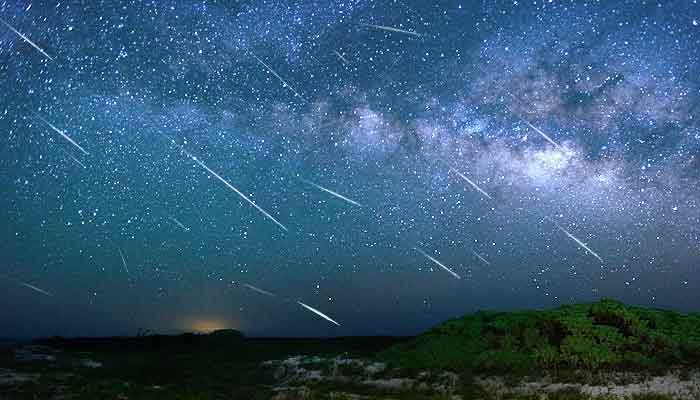New Delhi: The Eta Aquarids meteor shower is making a brilliant show for observers as it peaks this weekend from May 5-7.
Every year, the Eta Aquarid meteor shower is usually active between April 19 and May 2, but it tends to peak around May 6 or May 7.
This time, stargazers in the southern hemisphere will see meteors dash through the sky at a rate of about 30 per hour. Whereas in the northern hemisphere, observers are likely to see about 10 meteors every hour.
Here's how to get the best view of the dazzling meteor shower -
- The best time to view the Eta Aquarids is in the early morning, right before dawn.
- Check with the weather as meteors, or shooting stars are best spotted in clear skies
- No special equipment is required here – all you need is clear skies, your eyes and of course, a little bit of patience
- You can bring your sleeping bag or blanket or even lawn chair to make yourself comfortable
- Find an area away from city lights or street lights
- Lie flat on your back with your feet facing east and look up, it may take about 20-30 minutes for your eyes to adapt to the dark sky and see the meteors
- If the weather or bright lights play spoil sport, try to see it through an online observatory
- Lastly, but not the least, “give yourself at least an hour of viewing time for watching any meteor shower, says Earthsky.org. Meteors tend to come in spurts that are interspersed by lulls. Also, it can take as long as 20 minutes for your eyes to adapt to the dark”.
The Eta Aquarids are mainly a predawn shower made up of the icy debris of Halley’s Comet. The Every year, two seperate showers occur as a result of Earth passing through dust released by Halley's Comet - the first is the Eta Aquarid meteor shower and the second being the Orionids, which take splace in October.
Comet Halley takes about 76 years to orbit the sun once. According to NASA, the last time comet Halley was seen by casual observers was in 1986. Comet Halley will not enter the inner solar system again until 2061.
















